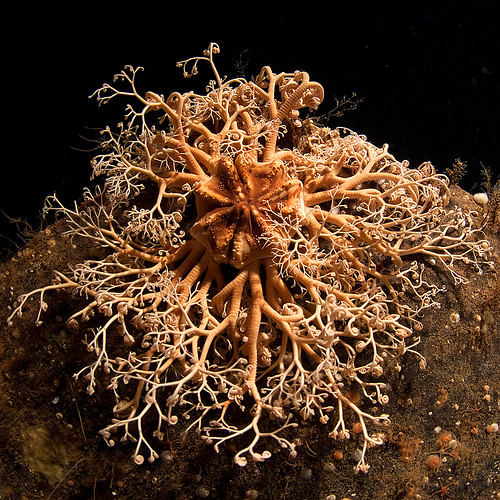 |
| Image by Viktor Lyagushkin. Gorogonocephalus from the White Sea |
Basket stars occur in tropical and cold-water habitats and I have written about their feeding biology here.
Here's a nice video that shows their feeding posture in the wild
and a nice time lapse video of feeding from the Seattle Aquarium
There are currently 10 species of Gorgonocephalus recognized and they seem to occur widely...(here to go to the World Ophiuroidea Database listing)
Here are some gorgeous Gorgonocephalus sp. (which occurs mainly in cold-water settings) images to kick off 2013!! Enjoy!
Some gorgeous shots of G. arcticus from the White Sea by Alexander Semenov
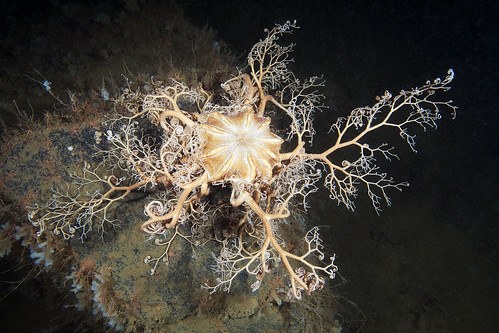

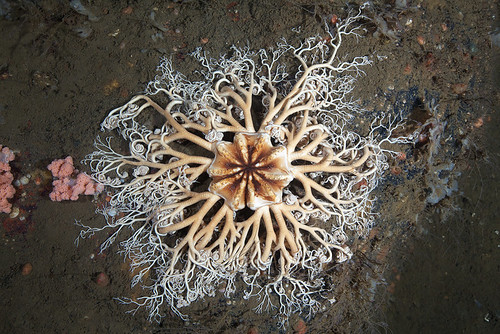
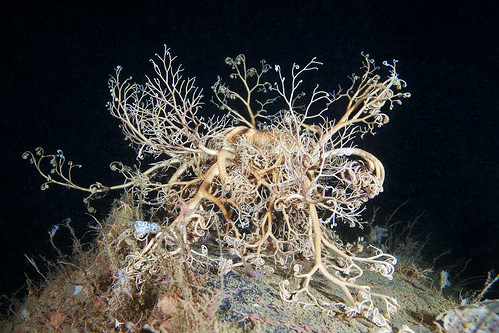
G. eucnemis from echeng (the "rose star" is the solasterid sea star Crossaster papposus) in Alaska.
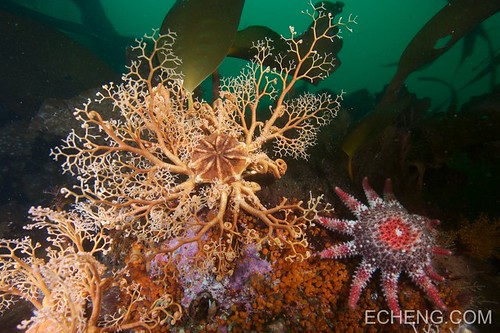
Gorgonocephalus from Norway, 928 meters! Arms are tucked away...Image by SERPENT Project!
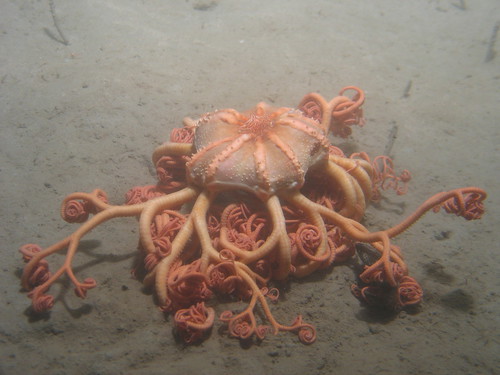
Several more on a ridge, using their arms to feed. Also Norway, 928 meters. Image by SERPENT Project.

More G. eucnemis from Alaska.. Images by jrixundewater

Close up of the arms..
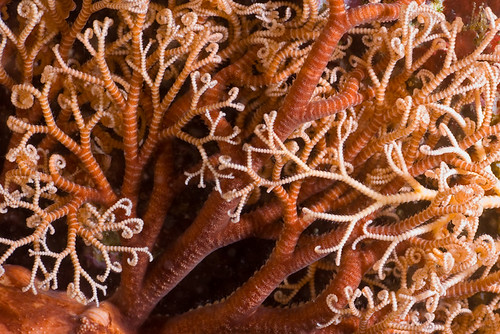
An unusually pale, "bushy" individual from British Columbia. Image by Ed Bierman
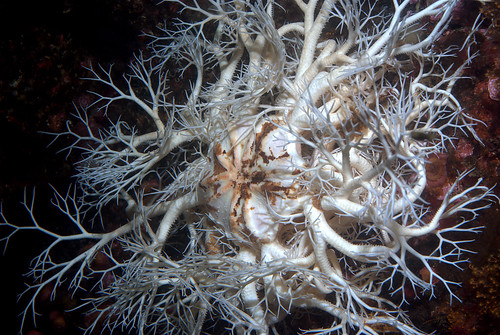
Here's a really nice one of G. eucnemis. by "northwest diver"

Gorgonocephalus fr. Newfoundland. Image by Derek Keats
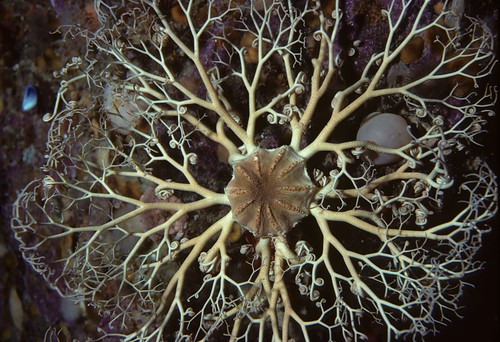
Newfoundland Image by Derek Keats
Hmmm... y'know, it never occurred to me before but Gorgonocephalus DOES bear a striking resemblance to a certain CRYSTALLINE ENTITY from the 24th Century...

Strange creature. it looks strange.
ReplyDeleteCurious to know if they brood eggs or not, and what type of development (larval or direct)? If larval, how long and are they upper water column?
ReplyDeleteI know some Antarctic euryalida brood (e.g., Astrotoma) but I don't know if Gorgonocephalus does...
ReplyDelete